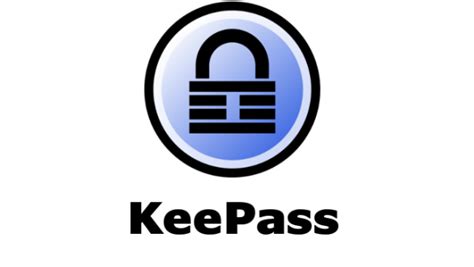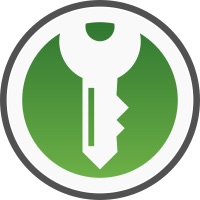If you don't really trust online password managers like me, you might also want to manage your passwords offline.
Enters KeePass!
KeePass / KeePassX / KeePassXC



To sum it up, KeePass was originally an open-source offline password manager on windows. It basically created its own format for storing your database file of credentials, and you set up a master password to access the database using the software.
It also allows you to generate random passwords.
KeePassX was then created as an attempt to have a linux version of it. (Although I think that nowadays both KeePass and KeePassX are actually cross-platform applications).
After a while, a big part of the keepass community decided to fork KeePassX and created KeePassXC (for slow development reasons on the former, apparently).
KeePassXC also has a way nicer UI / UX than it's predecessor in my opinion. Furthermore, it runs on Mac OS / Linux / Windows.
The concept is the same : you have a local encrypted database file containing all your passwords and can access them using a master password.
I've been using KeePassXC for a while now on my macbook, and I have to admit that I can't complain about anything. It's a great application!
What about smartphones?
Well, I personally own an Android phone (although I'm probably going to switch to iOS soon, but more on that in another post later...)
I am using an application called KeePass2Android. There are others, but that's the one I preferred.
It also uses a local file to store your password.
Keep it in sync
Now, you're probably wondering : how do I keep the 2 databases (computer and phone) in sync?
Well, there are multiple solutions for that : Dropbox, Google Drive, BT Sync (now renamed resilio sync)...
I personally used a private owncloud server that I have an access to, but other options can be more straightforward!
Usually, KeePass applications can have two ways of accessing that data :
- they can support directly your specific cloud storage
- they can read from a local file which means you'll have to have another application in charge of syncing to your cloud
I went with the latter simply because my keepass applications didn't support OwnCloud! In any case, once I installed OwnCloud on mac and android and configured them I never had to open them again so it's not so bad.
Browser completion
I started looking at browser auto-completion recently and for now I'm using KeePass Tusk (available on Chrome and Firefox).
The big drawback I have with it is that the only way for it to access my database in owncloud is through a publicly available link there, which isn't great. I wish it could either read from the local file on my computer, or connect to owncloud directly.
In practice, it means I wouldn't need to expose the database through an URL. That database is password protected and good luck finding the link, but still, it's not ideal in my opinion!
Conclusion
Obviously this is my personal setup and it's not for everyone. Each of the tools I mentioned have some alternatives too! KeePass isn't the only player in the game (I heard pass is very good too).
However, I hope it proves that you can really store and access your passwords the way you want! You shouldn't use a tool you don't feel comfortable keeping your credentials.